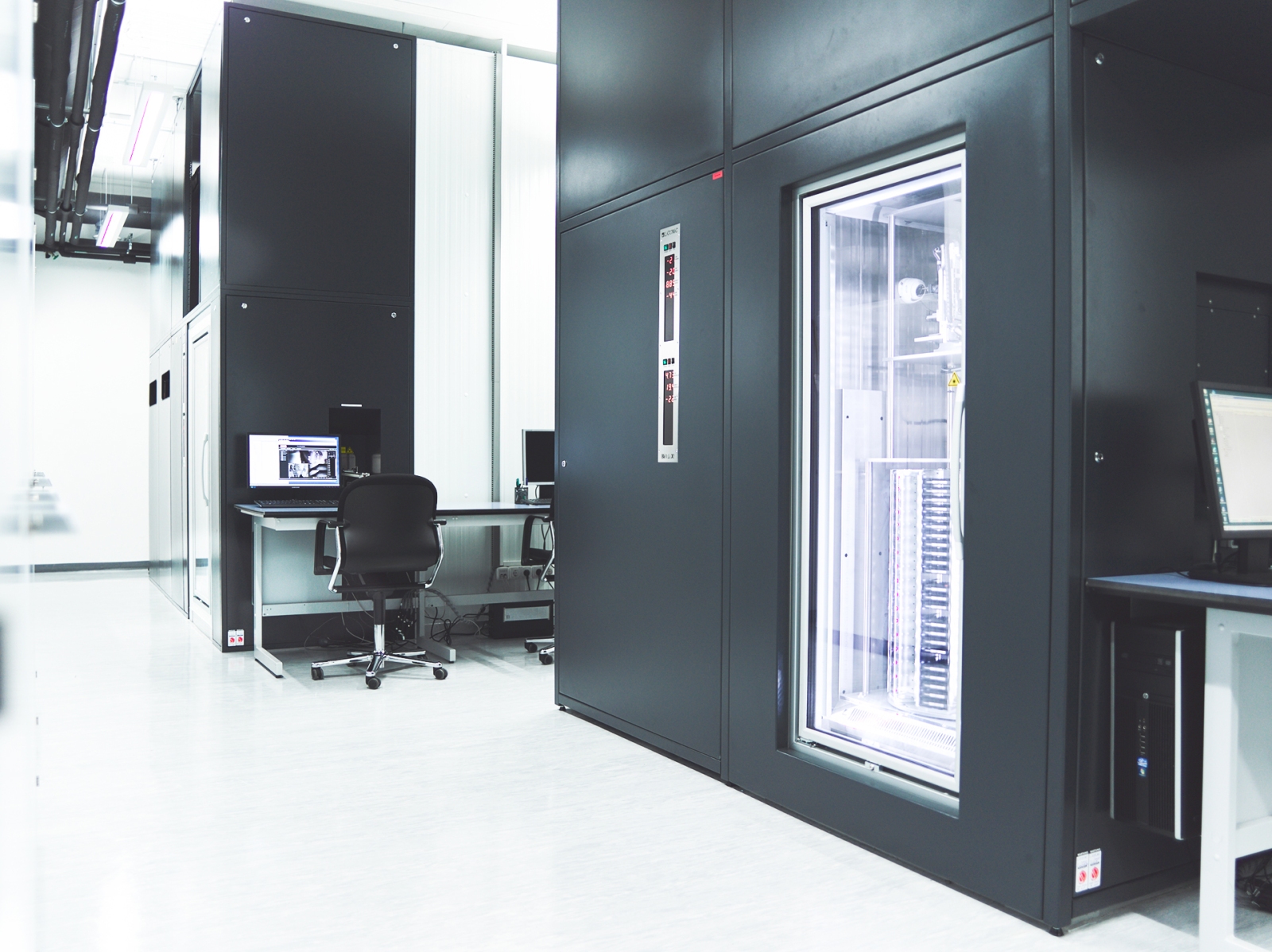
Biobank
Benefit of a biobank - for patients and research
Our cryogenic freezers contain not just the material required for routine diagnostics, but approx. 30% additional patient material. In the last 13 years, approximately 1.2 million preserved specimens have been collected from over 500,000 patient samples that are suitable for the extraction of DNA and RNA.
Thanks to this, as new molecular markers have become known over the past few years, we were able, upon request, to retroactively perform molecular genetic examinations on patient material for which an adequate diagnosis could not be made to date, and subsequently send the latest results directly to the submitting physicians.
Furthermore, via our own research, we are able to utilize the large patient cohorts to validate new findings, correlate them with clinical parameters, and provide conclusions regarding specific diagnosis and prognosis for new markers, which we then make available to the public via our publications.
Liconic – our storage system
In order to properly accommodate the large number of preserved cell specimens, a cryogenic robot (Liconic Instruments) was put into operation in 2015, which stores cells that are isolated in the sample processing department and buffered in RLT in tubes with 2D barcodes at –80°C in a fully automated fashion. The barcodes are uniquely assigned to a patient directly during processing upon receipt of the sample, and linked to the patient in our laboratory information system. This allows the corresponding preserved specimen to be automatically retrieved as required and the nucleic acid extracted.
In order to make further processing just as efficient, yet another Liconic was put into operation in spring 2018. After the extraction of the nucleic acids, it too stores the DNA and cDNA thus obtained at –20°C in tubes with 2D barcodes, and also automatically retrieves the specimens for use as required.
Viable cells
In addition to the large quantity of patient material in the form of preserved cells for nucleic acid extraction, we also store patients’ vital cells (cryo-preserved cells) where possible. However, a large number of excess cells that are not required for routine diagnostics are necessary for this purpose, which is only feasible for a small percentage of patients.
Cytomorphological smears
Furthermore, the cytomorphology department also stores the microscope slides of all previous patients, allowing us to address additional morphological aspects of the specimens at any time. Over the past 13 years, approx. 650,000 microscope slides from more than 311,500 patient samples have been collected, which provide a valuable contribution for retrospective morphological questions.